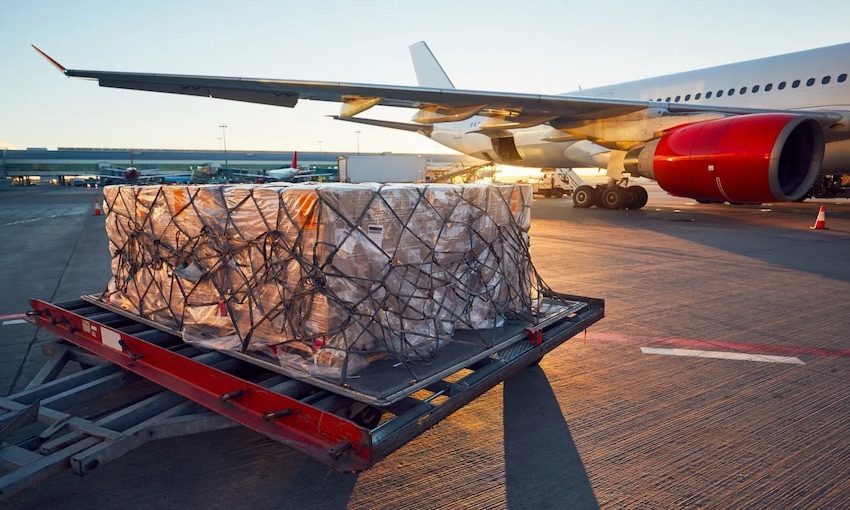THE International Freight Assistance Mechanism has been helping Australia’s largest wildflower exporter weather the COVID-19 storm.
Wafex provides about half of Australia’s national flower exports. It employs 150 staff, owns four farms and buys from 50 domestic commercial growers across south-west Western Australia, South Australia, Victoria, the NSW South Coast and North Coast regions and south-east Queensland.
Because of COVID-19 border restrictions, flower and foliage exports were down by around 30 per cent, or $2.9 million, in 2020.
Wafex owner Craig Musson said Wafex would have struggled to survive without support via IFAM.
“IFAM single-handedly saved our export business last year,” Mr Musson said.
“Without IFAM we would not have been able to export anything at all. We would have taken a $5-million hit and had to lay off many of our workers. We have 50 commercial flower growers reliant on our exports and some would have gone out of business as well.
“The freight assistance mechanism allowed us to get some of our product out to the international market during what was an incredibly difficult time to export.”
Minister for trade Dan Tehan said IFAM had helped Australian exporters continue their international operations and support local jobs.
“Our government is providing $781.7 million through IFAM to support Australian businesses to keep exporting,” he said.
“Keeping our Australian growers connected with their established international customers will ensure continuity of operations and mean local businesses are well-placed to take advantage of Australia’s continued economic recovery.
“Our support for exporters through IFAM flows through to their suppliers, supporting local jobs and the local communities in which they operate.
Mr Musson said he expected a strong supply for the upcoming season – which runs from June to December – as many of the company’s farms and suppliers reach full production this year.
“There has been some great rains and the crops are looking fantastic,” he said.
“We’re expecting a big season with our production estimated to be up by about 30 per cent compared to last year.”
The company plans to distribute some of the country’s most prized wildflowers and waxflowers into markets including the US, Taiwan, China, Singapore, Hong Kong, the Netherlands, Vietnam and Japan.

